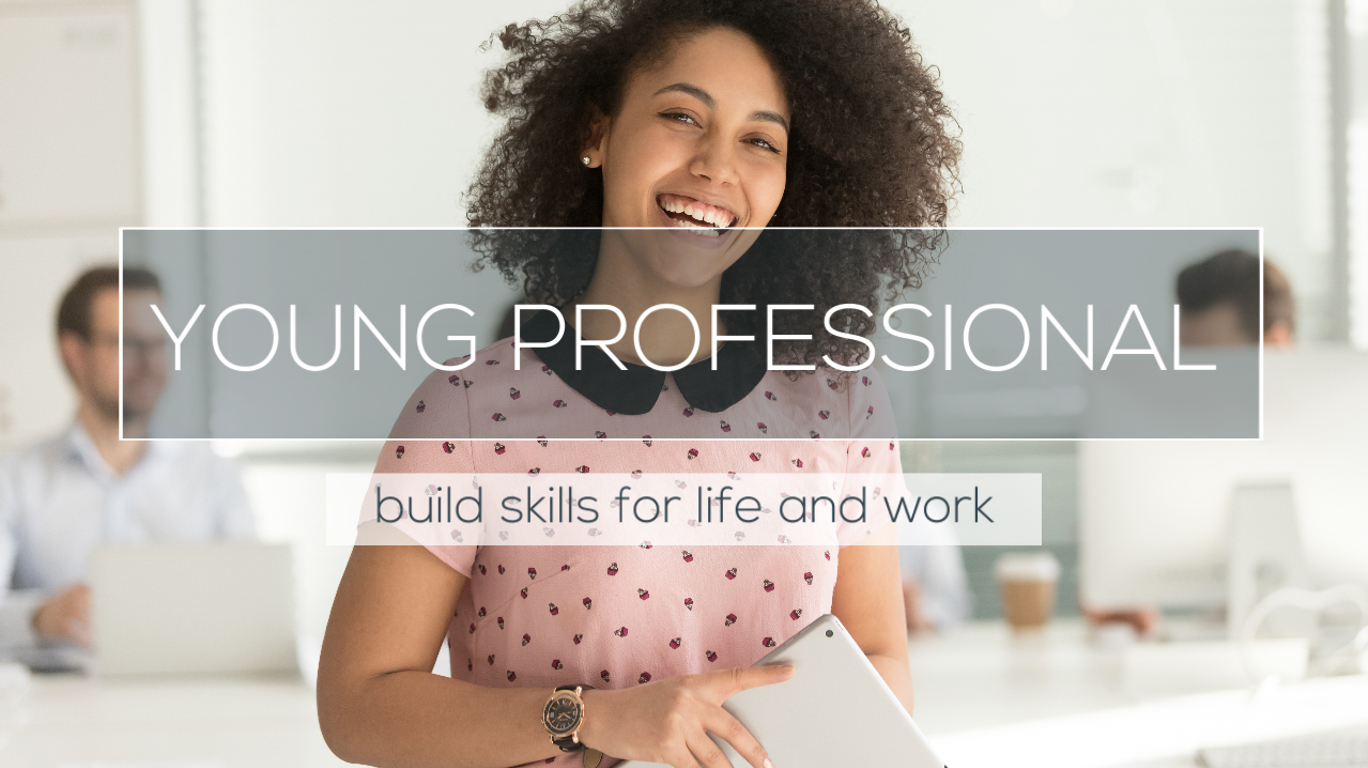Don’t let the picture fool you – public speaking isn’t just for big spaces with lots of people! It’s used in online presentations & video interviews too. It’s even useful if you are performing online mini-gigs for friends! Here’s one top way to build confidence when speaking in front of others…
Fear of public speaking is incredibly common. In fact, Verywellmind even suggest that intense fear of speaking in public could be a form of social phobia or social anxiety disorder – one of the ten most common phobias! Of course, for most of us, our nerves about speaking in public don’t rise to the level of a phobia. But if you get jittery before giving a presentation, it’s perfectly normal.
Luckily, you can take steps to overcome your nerves and improve your presentation skills while you’re at it.
The golden rule of public speaking? Slow down!
When you’re nervous, it’s natural to want to speak really fast. Your brain wants to get out of the scary situation. It tells you that if you speak as fast as possible it will all be over much more quickly. The problem is that this doesn’t lead to a good presentation, and it actually just ramps up your anxiety even more.
Almost all of us speak too fast in public speaking situations, some more than others. I used to be guilty of this because I was nervous. I’ve now given hundreds of presentations and am not afraid of it any more, but now I speak too fast because I have too much to say to cram into a short space of time! Oops!
How slow is slow enough?
The experts at Public Speaking Power analysed nine TED talks and found that the number of words per minute ranged from 133 to 199, with the average being 163. With this in mind, a good rule of thumb is to aim for between 140 and 180 words per minute.
That sounds like a lot of words, but the chances are you speak many more than that per minute in a lively conversation. To give you an idea of what this number of words actually looks like, the first two paragraphs of this article (including the subheading) is 169 words. Why don’t you try reading this aloud (or any piece of writing that is a similar length) and notice how long it takes you to do so?
The best way to learn to slow down? Practice!
Practising a speech or presentation before you give it has two main benefits, both of which will help you slow down:
- You can time yourself speaking a certain passage or number of words until you get a sense of what speaking at a good place actually feels like.
- If you’re well practised, you’ll feel calmer, more confident and more prepared when you come to deliver your speech for real, so you’ll naturally slow down because you won’t be worrying!
Great ways to practice a speech or presentation
I recommend practising by yourself first. You might feel silly initially if you feel like you’re talking to yourself or to an empty room, but persevere and this will soon pass.
Practise standing confidently, speaking clearly and slowly, and focus on a point around where the eye level of your audience would be. Resist the temptation to mumble, look down, or – of course – rush your words to get to the end as quickly as possible. If you need to work on your body language or posture, practise in front of a mirror. You might feel goofy, but it works!
If you want privacy, wait until everyone else is out of the house and do your practise then. In a pinch you can even go and sit in your car, if you have one, and practise there!
Practising in front of a friend or family member can also be helpful….
- They can offer feedback and let you know if you’re going too fast or speaking at a good pace.
- They give you valuable practise at doing your speech in front of somebody else.
- Ask them to time you and check your words-per-minute (remember: 140 – 180 per minute is good).
- Ask them to let you know honestly whether you’re being clear and understandable.
Remembering to slow down in the moment
Speaking slowly and clearly in a practise run is one thing, but what about on the day? You’re bound to be nervous and even the most prepared of us can be tempted to speak at a million miles an hour when we’re nervous.
First: calm yourself before you start. Take a few deep breaths, have a sip of water, and stand up tall.
If you start to hear yourself speeding up or stumbling over your words, pause. Take a breath. Don’t be afraid of a moment of silence – this is when your audience really reflect on and absorb what you’ve said!
Smile! Use positive, open body-language (eye contact, standing tall, not folding your arms or slouching.) This will immediately make you feel more confident and that will help you to remember to slow down.
Finally: be yourself! Giving a good speech or presentation is about making a connection with your audience. So don’t be afraid to let your personality shine through.
Now relax. Breathe. And slow down!








